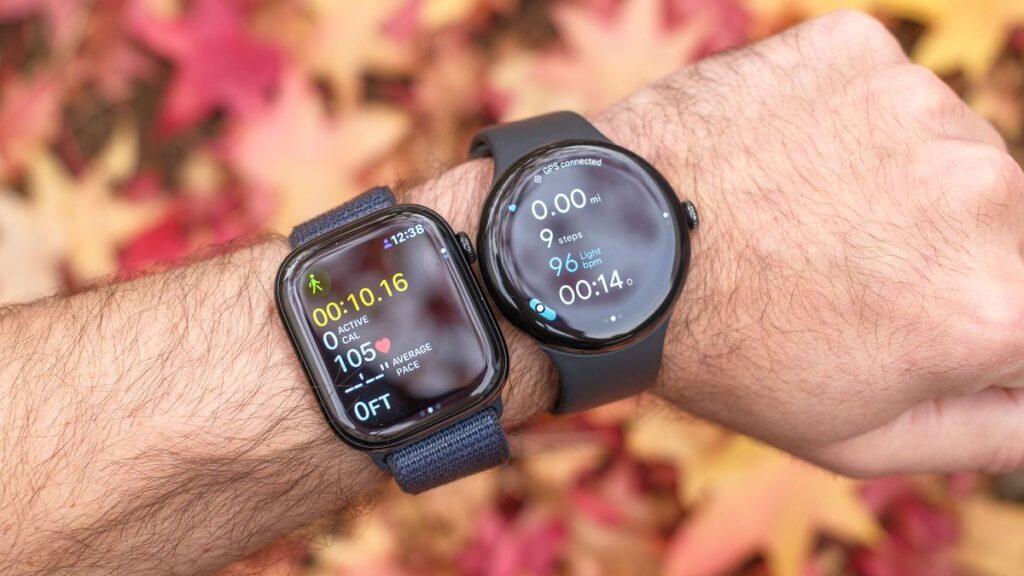Apple Watch Series 10 and Google Pixel Watch 3 are the best smartwatch models for iPhone and Android users, respectively. Debuting just one month apart, each device offers impressive wellness technology, smart features, and design enhancements over its predecessor.
Apple Watch 10 has a thinner case, brighter screen, and improved viewing angles compared to Series 9. Pixel Watch 3 also offers a display upgrade over its predecessor, with a combination of a brighter, more responsive screen and thinner bezels.
Pixel Watch 3 also features Google’s most accurate heart rate sensor and a promising new pulse loss detection feature (pending US approval). On the health side, Apple Watch 10 adds sleep apnea detection (here’s how to enable it). The latest watchOS 11 software also adds a new Vitals app to track relevant health data.
When it comes to tracking your workouts, both smartwatches offer a similarly impressive set of sensors and tools to monitor important metrics like distance, cadence, heart rate, elevation gain, and pace.
But is one better than the other for tracking outdoor exercise like walking, hiking, running, jogging, or cycling? I wanted to know.
On a sunny Tuesday afternoon, I charged up my Pixel Watch 3 and Apple Watch 10, strapped them on my wrists, and took a leisurely five-mile walk around Seattle, Washington. With spectacular fall colors, clear blue skies, and balmy temperatures of 65 degrees Fahrenheit, the atmosphere was just right.
The Apple Watch 10 graced my left wrist, and I wore the Pixel Watch 3 on my right. As a control, I recorded my gait using the Strava app on my phone. For another data point, I used Google Maps’ distance measurement tool after the walk to measure the route as accurately as I could.
After about 90 minutes, just over 8 miles, and 550 feet of elevation gain, we headed back home to compare our results. You can see it in the graph below.
Apple Watch 10 and Pixel Watch 3: Walk test results
| Header Cell – Column 0 | apple watch 10 | pixel watch 3 | strava | Google Maps (distance tool) |
|---|---|---|---|---|
| distance | 8.43 miles | 8.67 miles | 8.98 miles | 8.23 miles |
| step | 9,352 steps | 9,588 steps | 9,424 steps | Not applicable |
| Elevation gained | 559 feet | 588 feet | 558 feet | Not applicable |
| average pace | 17:42 per mile | 17:01 per mile | 14:48 per mile | Not applicable |
| calorie | 622 active, 774 total | 859 calories | Not applicable | Not applicable |
| average heart rate | 133bpm | 129bpm | Not applicable | Not applicable |
| maximum heart rate | 172bpm | 167bpm | Not applicable | Not applicable |
Apple Watch 10 and Pixel Watch 3: 5 things that surprised me
This was the first time I tested the Apple Watch 10 and Pixel Watch 3 at the same time, and there were a few things I was curious about besides how their metrics matched up when I used both side by side. Ta.
Here are the five biggest things I learned from the walk test.
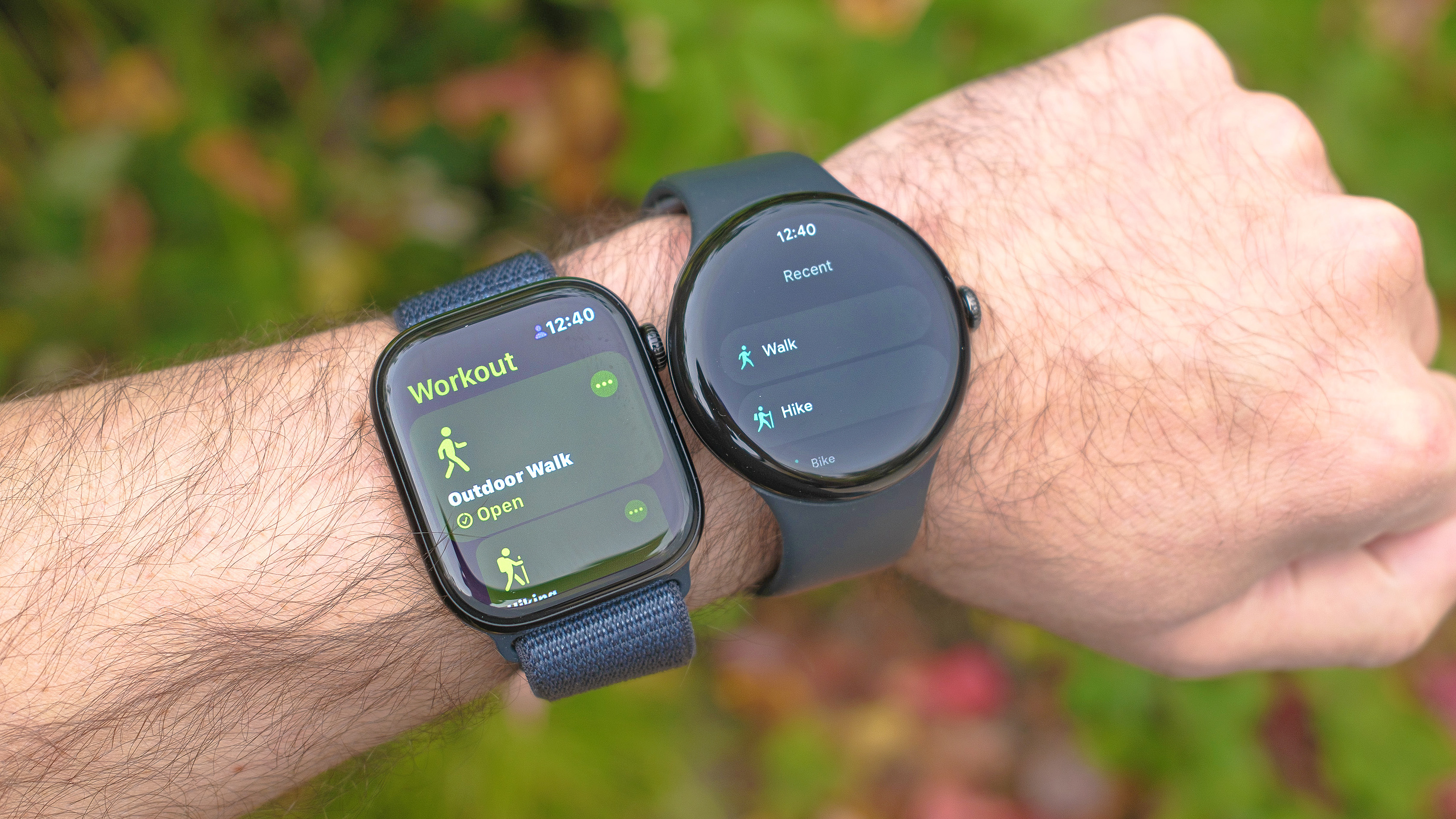
1. Pixel Watch recorded how you walked faster and farther
The Pixel Watch 3 logged an additional 0.14 miles of driving range compared to the Apple Watch 10, which is pretty small potatoes. Which is more correct? Impossible to say.
However, if you average the sum of the two controls, Strava (5.58 miles) and Google’s distance measurement tool (5.13 miles), the total distance is 5.36 miles, which is a hundredth of a mile off Google’s total distance. . Not too shabby, Pixel Watch.
We also noted that Google devices were running at a slightly faster pace than the Apple Watch. 17 minutes and 1 second per mile versus 17 minutes and 42 seconds per mile. This isn’t all that surprising considering the additional distance recorded by Google. What’s surprising is that these paces are significantly slower than Strava’s record of 14 minutes and 48 seconds per mile. What gives?
I think the difference is probably because Strava automatically stops and starts recording when you physically stop and start moving. For example, if you stop for 30 seconds waiting for a crosswalk light to change, Strava won’t factor that 30 seconds of stationary movement into your pacing, but Apple and Google both seem to.
That said, when I took a 5-minute break to enjoy the sunshine near the halfway point of my route, after a few minutes of being still, both my Apple Watch and Pixel Watch sent me a message asking if I was done working out. Displayed. In both cases, I tapped “Ignore” and continued tracking.
2. Step totals were strikingly similar
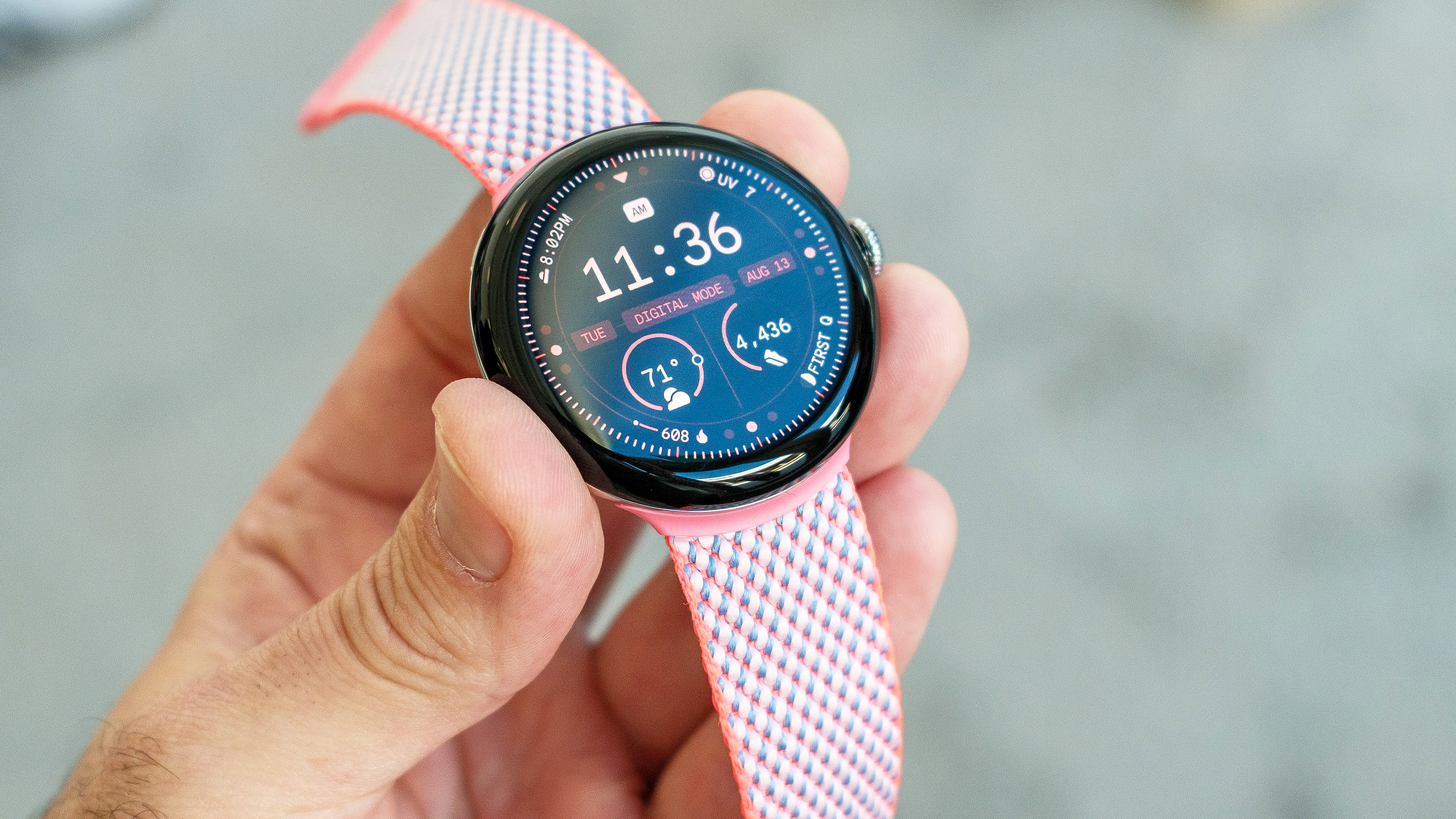
I was pleasantly surprised that both smartwatches recorded similar step totals on my walks, with less than 250 steps difference between them. This is also impressive. The Apple Watch 10 is within 72 steps of the Strava total, and the Pixel Watch is within 164 steps of the Strava total.
All in all, these are the results I’d like to see, and a reminder that the best smartwatch models hold that title for a reason. In other words, they do what they promise and do it well.
3. Pixel Watch recorded an additional 30 feet of elevation gain
The post-walk metric that surprised me the most was the 29 feet of extra elevation gain measured by the Pixel Watch 3. Meanwhile, both the Apple Watch 10 and the Strava app recorded total climbs that were within just 1 foot of each other. This suggests that the Google device may have overcalculated.
Does this mean that the Google Watch will always add 5-6 feet of elevation for every 100 feet I climb? I hope it doesn’t. However, more direct tests are needed to confirm. In any case, for someone like me who values elevation statistics, especially when hiking or skiing in the mountains, I want to make sure that my smartwatch is giving me the most accurate readings possible. I’m thinking.
4. Apple Watch recorded higher heart rates
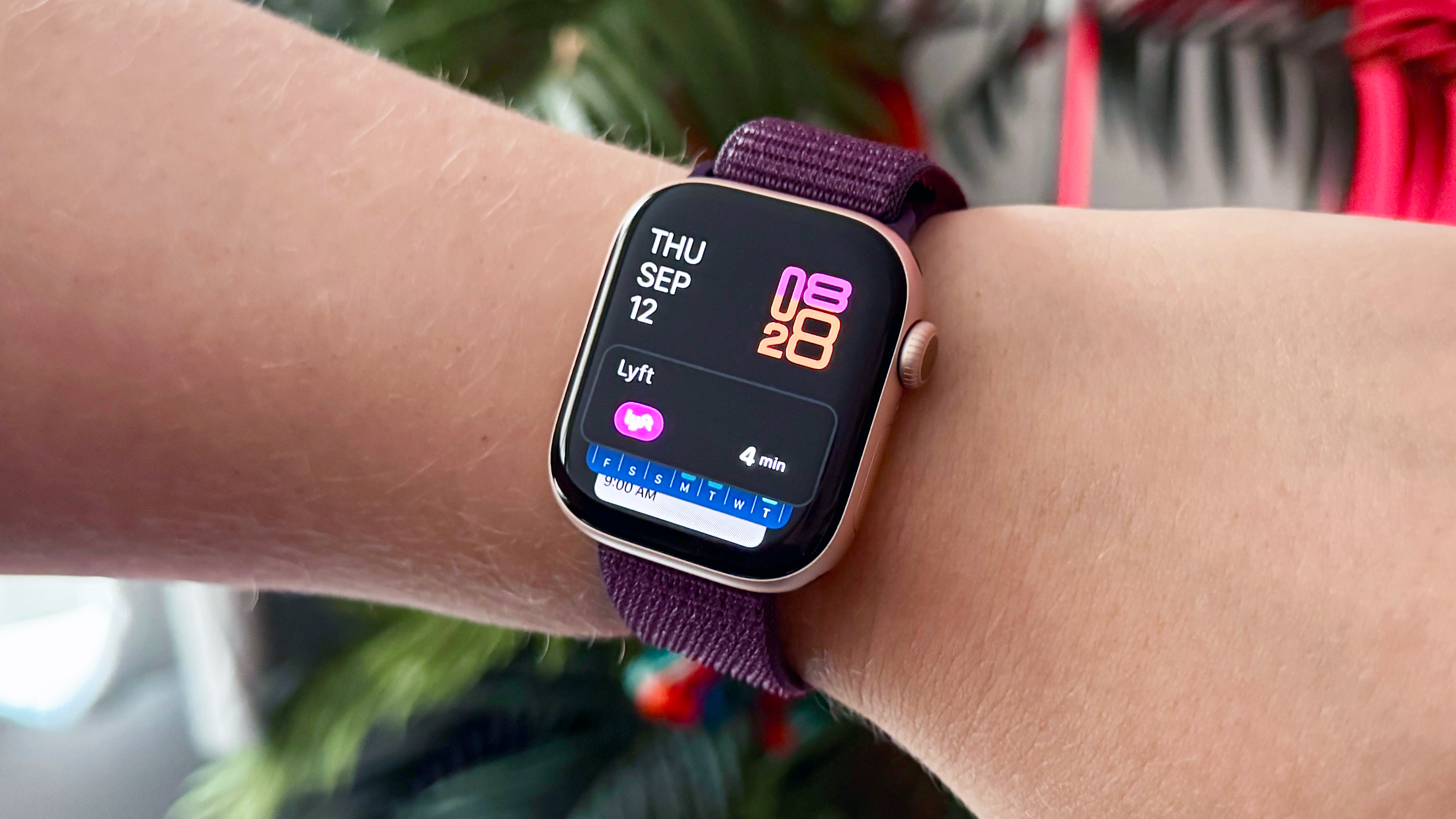
The Apple Watch recorded slightly higher heart rate data than the Google Watch. This could be due to the fact that I was wearing the device on the opposite wrist, or that the Pixel Watch 3’s rubber strap was worn more loosely than the Apple Watch 10’s cloth sport loop. there is. The former is because it is less comfortable if it is firmly fixed.
In any case, the Apple Watch 10 recorded my average heart rate 4 bpm faster than Google, and my maximum heart rate during a walk was 5 bpm faster. It’s still hard to say which is more accurate, but these heart rate metrics are generally in line with what I would expect.
During brisk walks, like during my recent Samsung Galaxy Watch 7 and Apple Watch SE walking tests, my average heart rate often hovers around 130 bpm. Maximum heart rate, on the other hand, varies greatly depending on the day and route.
I pushed myself to the end on this walk, especially on the final climb. Each watch’s maximum heart rate reflects that. 172 bpm and 167 bpm are both within my maximum heart rate zone.
5. Pixel Watch now uses less battery. Apple Watch was more comfortable
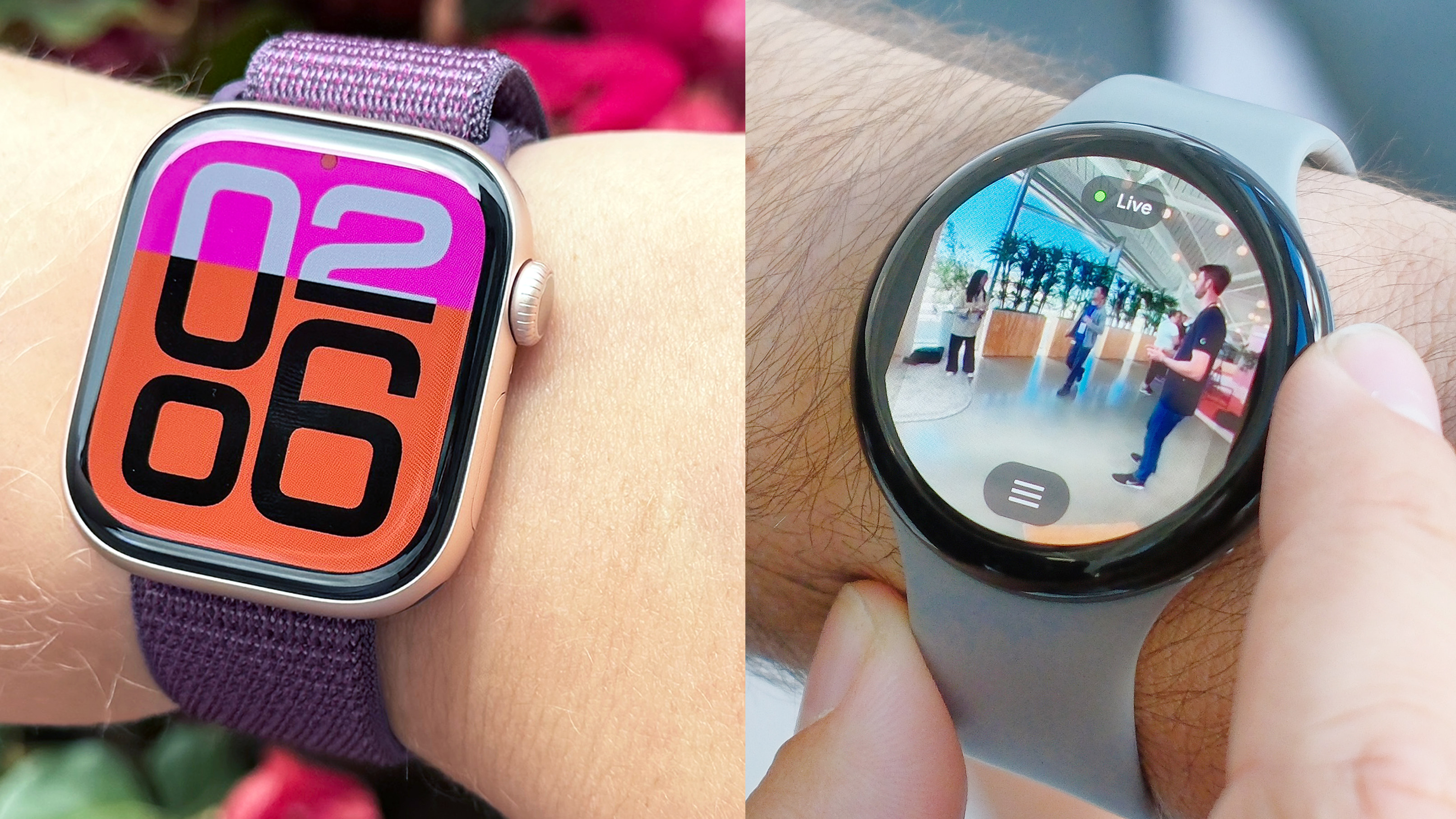
I left the house with 100% battery on both devices. When I returned after about 90 minutes, the Pixel Watch 3 (45mm) was pretty stable at 87%, while the Apple Watch Series 10 was down a bit at 77%.
Considering this battery drain rate, the Apple Watch 10 should be able to track your hike with GPS for 6-7 hours before running out of charge, while the Pixel Watch 3 XL should last closer to 11-12 hours. This is a pretty noticeable difference.
Conversely, the Apple Watch felt more comfortable on my wrist during the walk test. This is partly because the Apple Watch is thinner than the Pixel Watch, making it less likely to get caught on jacket cuffs. However, both devices weigh about the same.
Another factor that sets the Apple Watch 10 apart in terms of wearability is the included much softer and stretchier sport loop. Compared to the Pixel Watch 3’s traditional rubber strap, the Apple Loop won’t get caught in your hair or feel uncomfortable or sticky when you start sweating.
Of course, the Pixel Watch 3 comes with a variety of bands, and the Apple Watch 10 similarly comes with a rubber strap that’s uncomfortable for workouts. In any case, if you plan on training with your new smartwatch, consider the strap you’ll be wearing it with.
At the end of the day, the Apple Watch Series 10 and Pixel Watch 3 are both good smartwatch models for monitoring all kinds of outdoor exercise. I’ve separated the parts a bit here, but the test results are pretty much the same. So whether you choose the best Apple Watch or the best smartwatch for Android, you can expect accurate fitness and health tracking with plenty of insights to help you train.


